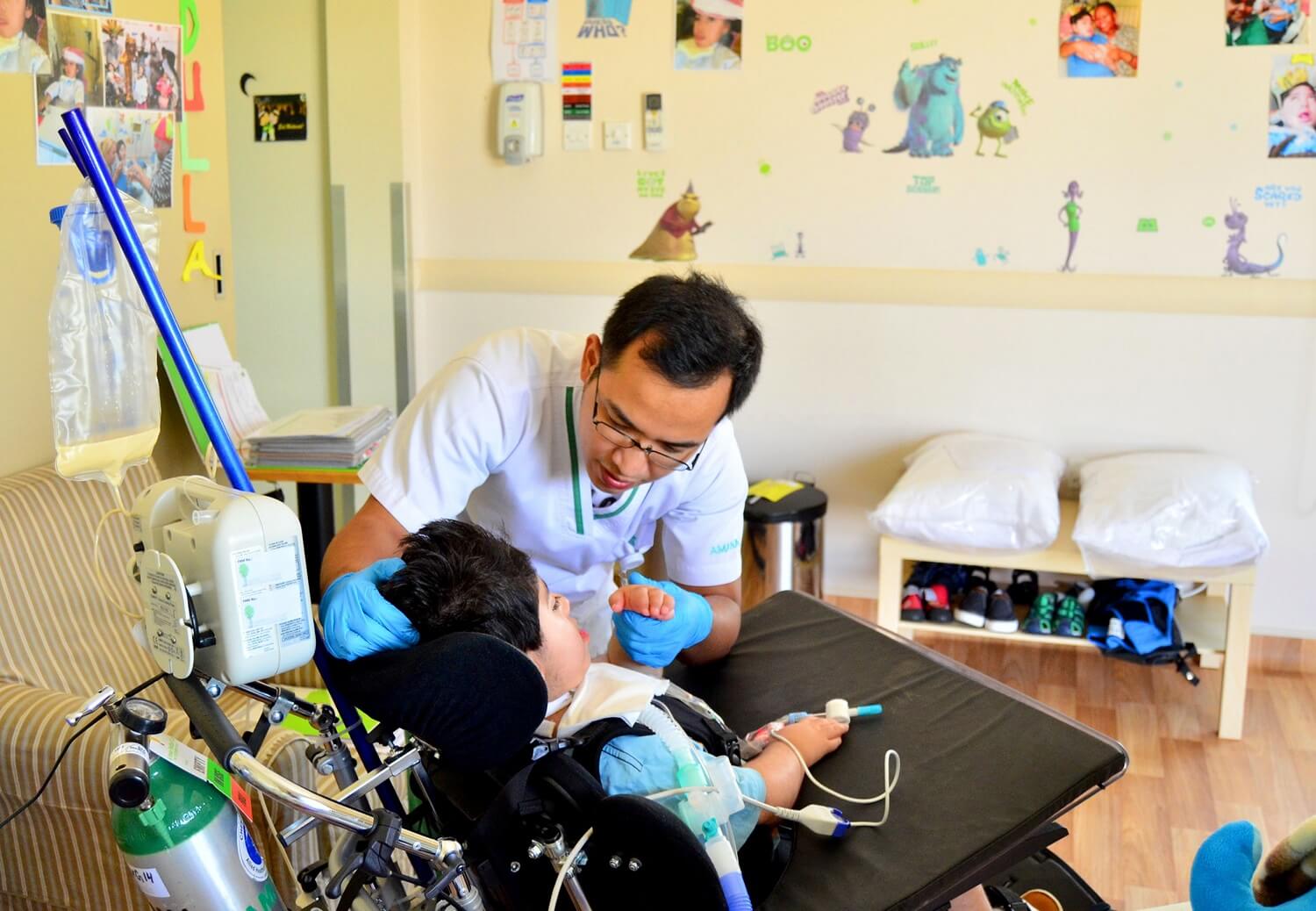Seeking to inspire other women
In the case of Nashwa, she went on to develop type 2 diabetes in 2012 after her third child and now wants to raise awareness about the dangers of a poor lifestyle and importance of proper diabetes management during pregnancy. She says that being diagnosed with gestational diabetes was the wake-up call she needed to turn her life around.
“I always had bad eating habits, skipped meals and would have a big dinner right before bedtime. When I was told that I had gestational diabetes, I changed my ways because I was worried that the baby would have diabetes or would be affected by my high blood sugar levels. I followed the ICLDC clinical team’s instructions on diabetes management to the letter and was blessed with a beautiful child,” says Nashwa, who is the Founder and Chief Executive Officer of the Abu Dhabi-based media production and consultancy firm Pyramedia Group.
“I learned that a workaholic like me, who is stressed and neglects her body’s need for good nutrition and exercise, can easily fall into the vicious trap of diabetes.”
Dr Tarig Abdalla, a consultant endocrinologist and diabetologist at ICLDC who has been assisting Nashwa in her diabetes management since the second pregnancy, says that along with the help of a diabetes educator and dietitian, they were able to reduce her blood sugar levels to the target range of 70 – 120 mg/dL for an uncomplicated pregnancy.
“Nashwa’s blood sugar level was quite high when she came to us, so we had to start her on insulin therapy and advised her on dietary and lifestyle measures. She managed quite well, and her baby was born the right size, which shows that she had good control of her blood sugar.”






